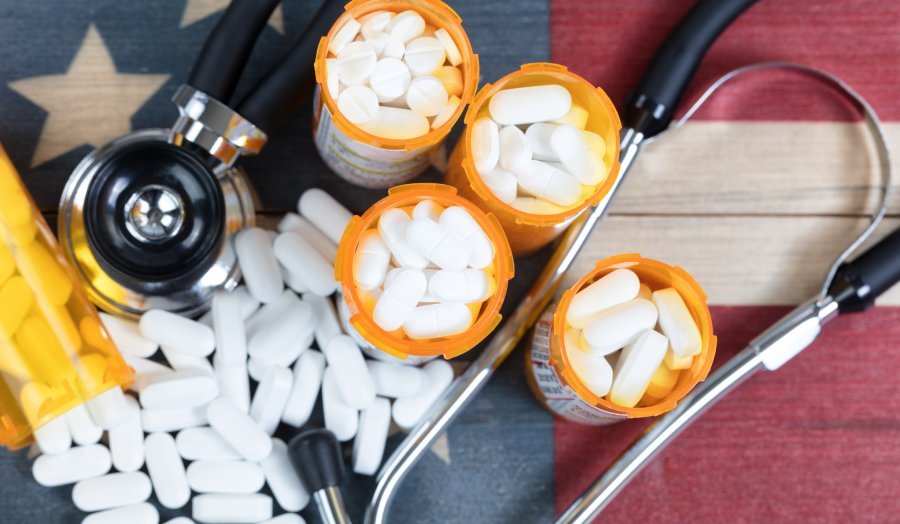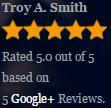The opioid epidemic in America is at an all-time high. Opioid abuse is rampant, particularly in New York. Prescription and illegally obtained opioid drugs caused 2,147 overdose deaths in New York in 2015. With approximately 80 percent of heroin users having abused opioid prescriptions first, New York lawmakers are seeking ways to reduce the opioid epidemic in the Big Apple. The northeast region of the United States holds the highest rate of opioid overdose cases, many of which are located in New York. The western region comes in a close second. New York policy changes, investments, and initiatives are being ramped up to battle opioid addiction.
The Opioid Crisis in NY
The opioid epidemic does not show signs of slowing down, but New York lawmakers and public health proponents are all in to change that. Committing to invest $60 million per year in the fight against the opioid crisis, $22 million will be going to HealingNYC. Launched by Mayor Bill de Blasio, the government agency’s goal is to reduce opioid overdose deaths by 35 percent over the next five years. The program will:
- Develop peer intervention programs in hospitals.
- Distribute more doses of naloxone, which can reverse overdose issues.
- Institute training for using naloxone.
- Connect substance misusers with treatment and counseling.
- Reduce the overall supply of opioids in New York.
One staggering statistic of the opioid epidemic relayed that in 2016, more people died of these overdoses than the combined total deaths of car accidents and homicides in NY. Significant action must be taken now to assure the safety of misusers and their families.
HealingNYC will also feed opioid use data to the Office of the Chief Medical Examiner (OCME). This information will help New York officials better understand opioid and fentanyl use cases. Fentanyl is a synthetic opioid which is up to 100 times stronger than morphine. Prescription opioid overdoses accounted for approximately 18 percent in 2016. Conversely, illegally obtained fentanyl and heroine made up for almost 90 percent of overdose deaths.
Other New York opioid epidemic solutions include:
Relay program – Initiated in March of 2017, the Relay program places peer wellness advocates with overdose survivors. These advocates teach the survivors how to use naloxone and offer advice based on their success with battling addiction. The program will expand from three to 15 hospitals by 2020.
New York City Health + Hospitals—The peer advocate program of the city’s hospital system will increase from three to 11 locations.
HOPE program – The HOPE program gives a second chance to low-level drug offenders. It places these individuals into treatment, and it provides them with opportunities to learn and give back to the community.
With so many funds and efforts continually pouring into the opioid epidemic, this gives New York families the hope they need. Many families affected by opioid abuse are also participating in the efforts through peer education and prevention efforts.
Opioid Use in America
The opioid epidemic in the United States started in the 1990s when drug manufacturers claimed patients could not likely become addicted to opioid pain relievers. The clearance of opioids to treat chronic pain sufferers resulted in abuse cases and overdoses. Fast-forward to the present, and we see the opioid epidemic increasingly claiming more lives over the last three years.
Depending on the study source, opioid addiction claims between 115 and 140 lives every day. Also, check out some more opioid facts below:
- The majority of heroin users have first abused prescription opioids.
- Consequently, many heroin users switch over from opioids when they cannot get a prescription.
- Naturally, heroin deaths have increased alongside opioid deaths over recent years as well.
- Also, survey respondents found it easy to acquire heroin in place of opioids.
The need for post-surgery pain medication is justifiable, but opioids are proving to be more dangerous than helpful to the American public. In early 2018, the director of the National Institutes of Health (NIH) announced the HEAL (Helping to End Addiction Long-term) Initiative. The program will confront the opioid epidemic by enlisting the help of multiple agencies. The use of science, data, and research aim to improve upon opioid addiction treatment and change approaches to pain management.
Cracking Down on the Opioid Epidemic
President Trump recently declared the opioid crisis a public health emergency due to the influx of overdose deaths across the country. The administration plans on running an ad campaign targeted at America’s youth. The president also calls for severe punishment for drug dealers caught with opioids and heroin.
Not everyone agrees with these approaches. Some experts would rather have this declared a national emergency to get the funds needed to see meaningful change. Others think severe punishment and death sentences would do little to reduce opioid addiction or drug crimes.
New York City filed suit against some of the largest opioid manufactures who claimed the drugs were not addictive. The Opioid Stewardship Act makes reporting all opioid sales mandatory. These attempts and policy changes are regulating and tracking the distribution of opioids in New York.
Police Commissioner James P. O’Neill stated that 84 new detectives would be assigned to investigate overdoses and build long-term drug trafficking cases against the illegal opioid dealers. Furthermore, officers on patrol will carry naloxone to prevent opioid overdose deaths.












